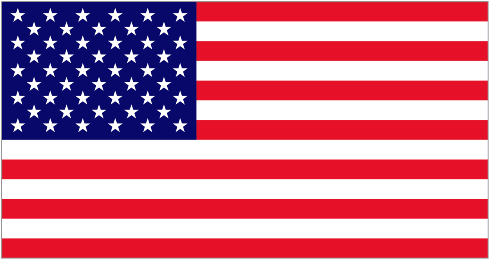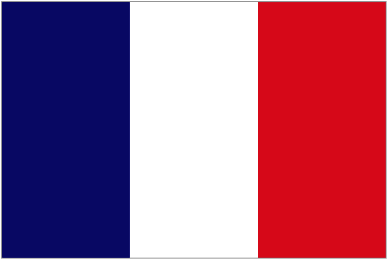The Venezuelan Cuatro and the Ukulele are both stringed instruments that are popular worldwide. Despite their many similarities, there are also some key differences between these two instruments that set them apart.
One of the most apparent differences between the Cuatro and the Ukulele is their size. The Cuatro is typically larger than the Ukulele, with a longer neck and a bigger body. This makes the Cuatro slightly harder to play, especially for beginners, but also allows it to produce a louder and more resonant sound. On the other hand, the Ukulele is smaller and more portable, making it easier to play and more suitable for travel.
Another essential difference between the Cuatro and the Ukulele is their tuning. The Cuatro is typically tuned to the pitches A, D, F#, and B, with the A string being the lowest in pitch and the B string also low. This unique tuning is known as a reentrant tuning, allowing the Cuatro to produce a more vibrant and resonant sound. On the other hand, the Ukulele is typically tuned to the pitches G, C, E, and A, with the G string being an octave higher in pitch and the C string being the lowest. This unique tuning allows the Ukulele to play melodies with a distinct sound compared to other instruments.
Despite these differences, the Cuatro and the Ukulele share many similarities. Both instruments have four strings and are played by strumming or plucking the strings with the fingers. They are also both tuned with the same pattern of notes, meaning that even though the tuning is different, if follows the same structure, allowing both Cuatro and Ukulele players to interchange instruments and continue using the same chord positions with no difficulty at all.
Overall, the Venezuelan Cuatro and the Ukulele are both beautiful and versatile instruments that share many similarities and offer a unique and distinctive sound. Whether you play the Cuatro or the Ukulele, you can create beautiful, unique music and enjoy the many benefits of playing a four-stringed instrument.


